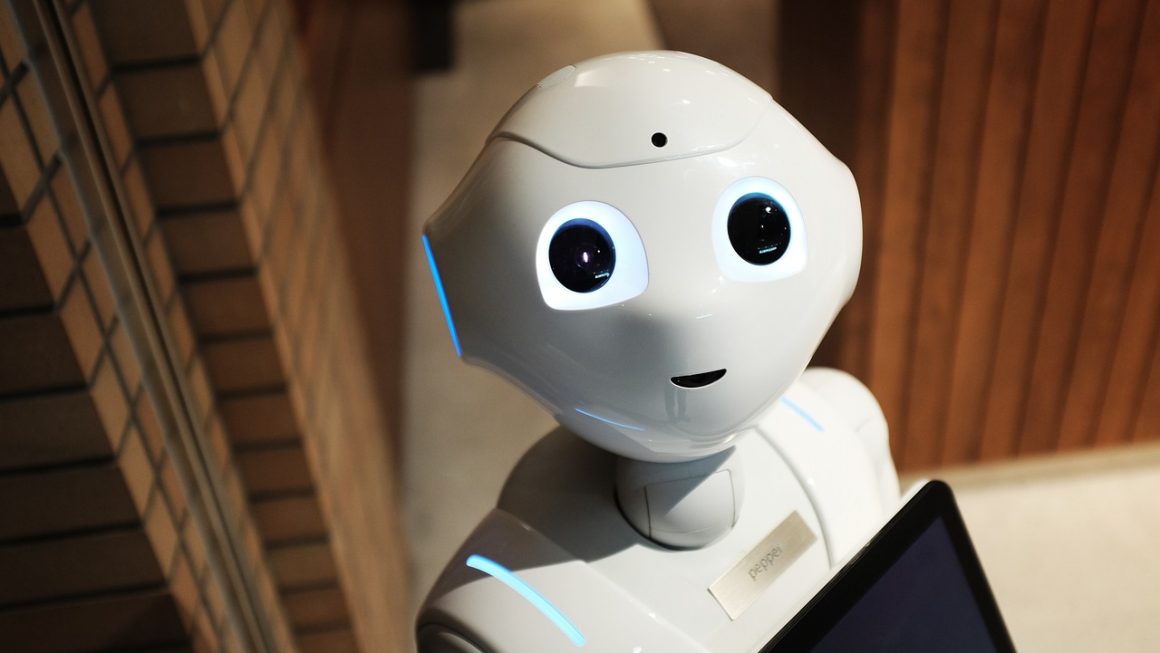Imagine a world where your devices understand you perfectly, transcribing your thoughts into text, executing your commands instantly, and adapting to your unique voice. This isn’t science fiction; it’s the reality powered by speech recognition technology, a field that has rapidly evolved from a niche technology to an integral part of our daily lives. From dictating emails to controlling smart home devices, understanding speech recognition is more important than ever. Let’s dive into the intricacies of this fascinating technology.
Understanding Speech Recognition Technology
What is Speech Recognition?
Speech recognition, also known as Automatic Speech Recognition (ASR), is the technology that enables a machine or program to identify words spoken aloud and convert them into a machine-readable format, typically text. It’s a multidisciplinary field drawing from computer science, linguistics, and electrical engineering.
How Does Speech Recognition Work?
At its core, speech recognition involves several key steps:
- Acoustic Modeling: This stage analyzes the audio input, breaking it down into smaller units called phonemes (basic units of sound).
- Language Modeling: This component uses statistical models to predict the sequence of words based on their context and probability. It leverages vast datasets of text and speech to understand grammatical rules and common phrases.
- Decoding: This process combines acoustic and language models to determine the most likely sequence of words that were spoken.
Modern speech recognition systems often employ Deep Learning models, specifically Recurrent Neural Networks (RNNs) and Transformers, to improve accuracy and handle variations in accent, speech rate, and background noise.
The Evolution of Speech Recognition
Speech recognition has come a long way since its early days. In the 1950s, the first speech recognition systems could only recognize isolated words spoken by a single speaker. Today, sophisticated systems can understand continuous speech from multiple speakers in noisy environments. This progress is largely due to:
- Increased Computing Power: More powerful processors allow for complex algorithms and real-time processing.
- Larger Datasets: Vast amounts of speech data are available for training models, leading to improved accuracy.
- Advanced Algorithms: Deep learning has revolutionized speech recognition, enabling more accurate and robust systems.
Key Applications of Speech Recognition
Speech recognition technology has permeated various industries and aspects of our lives.
Voice Assistants
Voice assistants like Siri, Google Assistant, and Alexa are prime examples of speech recognition in action. They allow users to control devices, access information, and perform tasks using voice commands.
- Example: “Hey Siri, set an alarm for 7 AM.”
- Example: “Okay Google, play my favorite playlist on Spotify.”
These assistants use sophisticated speech recognition algorithms to understand user requests and provide relevant responses.
Dictation Software
Dictation software enables users to create text documents, emails, and other content by speaking instead of typing. This can be particularly useful for people with disabilities or those who prefer a hands-free approach.
- Example: Dragon NaturallySpeaking is a popular dictation software used by professionals in various fields, including law and medicine.
- Benefits: Increased productivity, reduced strain on hands and wrists, and improved accessibility.
Transcription Services
Speech recognition is used extensively in transcription services to convert audio and video recordings into written text. This is crucial for:
- Journalism: Transcribing interviews and press conferences.
- Legal Proceedings: Creating accurate records of court hearings and depositions.
- Academic Research: Analyzing spoken data from interviews and focus groups.
According to a Grand View Research report, the global speech recognition market size was valued at USD 13.79 billion in 2022 and is expected to grow at a compound annual growth rate (CAGR) of 20.8% from 2023 to 2030.
Customer Service
Many companies use speech recognition in their customer service operations to automate tasks, improve efficiency, and enhance customer satisfaction.
- Interactive Voice Response (IVR) systems: These systems use speech recognition to understand customer inquiries and direct them to the appropriate department or agent.
- Chatbots: Some chatbots use speech recognition to understand voice input, allowing for more natural and engaging conversations.
Benefits of Using Speech Recognition
The adoption of speech recognition technology offers numerous advantages for individuals and businesses.
- Increased Efficiency: Speech recognition allows users to create text and control devices much faster than typing or manual operation.
- Improved Accessibility: It provides a valuable tool for people with disabilities who may have difficulty using traditional input methods.
- Enhanced Productivity: By automating tasks and reducing manual effort, speech recognition can boost productivity in various settings.
- Cost Savings: Automation of tasks like transcription and customer service can lead to significant cost savings for businesses.
- Hands-Free Operation: This allows users to perform tasks while keeping their hands free, which is particularly useful in certain industries and situations.
Overcoming Challenges in Speech Recognition
Despite significant advancements, speech recognition technology still faces certain challenges.
Accuracy in Noisy Environments
Background noise can significantly degrade the accuracy of speech recognition systems. Strategies to combat this include:
- Noise Cancellation: Using algorithms to filter out background noise.
- Microphone Placement: Positioning the microphone closer to the speaker’s mouth.
- Acoustic Modeling Adaptation: Training models on data that includes various types of noise.
Accents and Dialects
Variations in accents and dialects can pose a challenge for speech recognition systems.
- Training Data Diversity: Training models on a diverse range of accents and dialects is crucial for improving accuracy.
- Accent Adaptation: Some systems offer the ability to adapt to specific accents and dialects.
Understanding Complex Language
Speech recognition systems can struggle with complex language, such as technical jargon, idioms, and sarcasm.
- Language Model Enhancement: Improving the language model with more data and sophisticated algorithms can help.
- Contextual Understanding: Incorporating contextual information can help the system interpret the meaning of spoken words.
Security and Privacy Considerations
As with any technology that collects and processes personal data, security and privacy are important considerations for speech recognition.
- Data Encryption: Encrypting speech data to protect it from unauthorized access.
- Privacy Policies: Being transparent about how speech data is used and stored.
- User Control: Giving users control over their speech data and the ability to opt-out of data collection.
Tips for Improving Speech Recognition Accuracy
Users can take certain steps to improve the accuracy of speech recognition systems.
- Speak Clearly and Naturally: Enunciate clearly and speak at a normal pace.
- Reduce Background Noise: Minimize distractions and background noise as much as possible.
- Use a High-Quality Microphone: A good microphone can significantly improve the audio quality and accuracy of speech recognition.
- Train the System: Some systems allow you to train them to recognize your voice and speech patterns.
- Keep Your Software Updated: Software updates often include improvements to speech recognition algorithms and performance.
- Adjust Microphone Settings: Ensure the microphone is properly configured and the input volume is appropriate.
Conclusion
Speech recognition technology has revolutionized the way we interact with computers and devices, offering increased efficiency, improved accessibility, and enhanced productivity. While challenges remain in areas like accuracy in noisy environments and handling diverse accents, ongoing advancements in deep learning and data processing are continuously improving the performance and reliability of speech recognition systems. As the technology continues to evolve, we can expect to see even more innovative applications emerge, transforming industries and further integrating speech recognition into our everyday lives. From simple voice commands to complex data analysis, the future of speech recognition is bright, promising a world where our voices are truly heard and understood.




